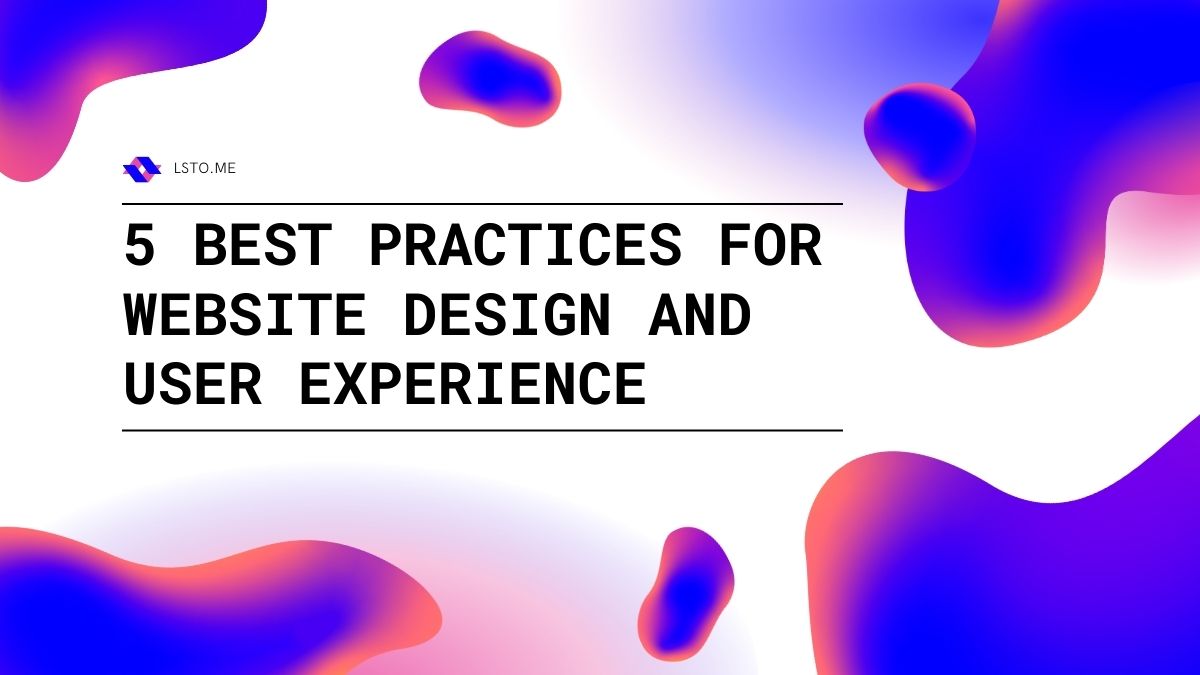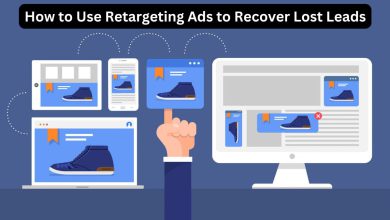
Website design and user experience (UX) are critical components of any successful digital marketing campaign. Your website is often the first interaction a customer has with your brand, so it’s important to make a great first impression. Here are five best practices for website design and user experience.
1. Keep it simple:
In today’s digital age, businesses are constantly competing to attract and retain customers through their websites. The design of a website plays a crucial role in creating an engaging user experience that can drive conversions and increase revenue. When it comes to designing a website, keeping it simple is often the best approach. A cluttered website can be overwhelming and confusing for users, leading them to bounce off the page without taking any action.
To create an effective website design, start by focusing on the key message you want to convey. Your homepage should communicate what your business does and why users should choose you over competitors. Use high-quality images and easy-to-read text to provide value proposition statements that grab users’ attention right away.
In addition, make sure your navigation menu is easy to use and intuitive. Avoid using too many categories or subcategories that can confuse users and lead them down dead ends.
2. Mobile responsiveness:
Mobile responsiveness has become an essential aspect of website design and user experience. With the majority of internet users browsing on their mobile devices, it’s crucial to ensure that your website is optimized for mobile. Having a responsive website ensures that your visitors have a seamless browsing experience, regardless of the device they use.
One best practice for ensuring a mobile-responsive design is to use a responsive layout. This means that your website will adapt to fit any screen size automatically. Additionally, you should make sure that all content is easily accessible on smaller screens without zooming or scrolling horizontally. It’s also important to balance imagery with text and avoid using large files that could slow down load times.
Another key consideration for mobile responsiveness is navigation.
3. Clear navigation:
Clear navigation is a crucial element in website design and user experience. Providing users with easy-to-use navigation options can mean the difference between a satisfying user experience and a frustrating one. Navigation is more than just a menu that helps users move from page to page; it’s also about ensuring users can find what they are looking for quickly and easily.
To create clear navigation, you need to start with a simple, intuitive structure. This means grouping content logically so that related topics are grouped. It also means labeling your menus clearly so that users know what each option represents. A good rule of thumb is to limit your menu options to between five and seven items at the most, as this will make it easier for users to scan and comprehend.
Another key aspect of clear navigation is utilizing keywords effectively.
4. Use high-quality visuals:
Visuals are a vital aspect of website design and user experience. In today’s digital world, people tend to be more drawn toward high-quality images and videos rather than plain text. The use of relevant, high-quality visuals can greatly enhance the user’s experience on your website. They create an emotional connection between the user and your brand that can’t be achieved through plain text.
The best practice for website design and user experience is to make sure that all visuals used on your website are of high quality. Poor-quality images or videos can turn off users from engaging with your content, causing them to leave your site altogether. Using low-resolution or blurry images will negatively affect the overall aesthetic of your site, making it look unprofessional. On the other hand, using clear and vivid images will help grab users’ attention and keep them engaged with your content for longer periods.
5. Optimize page speed:
Page speed is a critical factor in user experience, and it can significantly impact search engine rankings as well. A fast-loading website not only enhances the overall user experience but also helps to retain visitors for longer periods. According to research, if your website takes more than 3 seconds to load, you’ll lose nearly half of your potential visitors.
To ensure that your website is optimized for fast load times, there are several best practices that you should keep in mind. The first step would be to minimize HTTP requests by reducing the number of images on each page or using CSS sprites. You could also compress your images and use lazy loading techniques to prioritize content above the fold.
Another essential aspect of optimizing page speed is minimizing file sizes by combining JavaScript and CSS files into one consolidated file. Additionally, it’s crucial to leverage browser caching and server compression technologies like Gzip to reduce file sizes further.
By implementing these best practices, you can improve the user experience on your website and increase engagement with your brand. Remember, your website is often the first touchpoint with your customers, so make it count!




